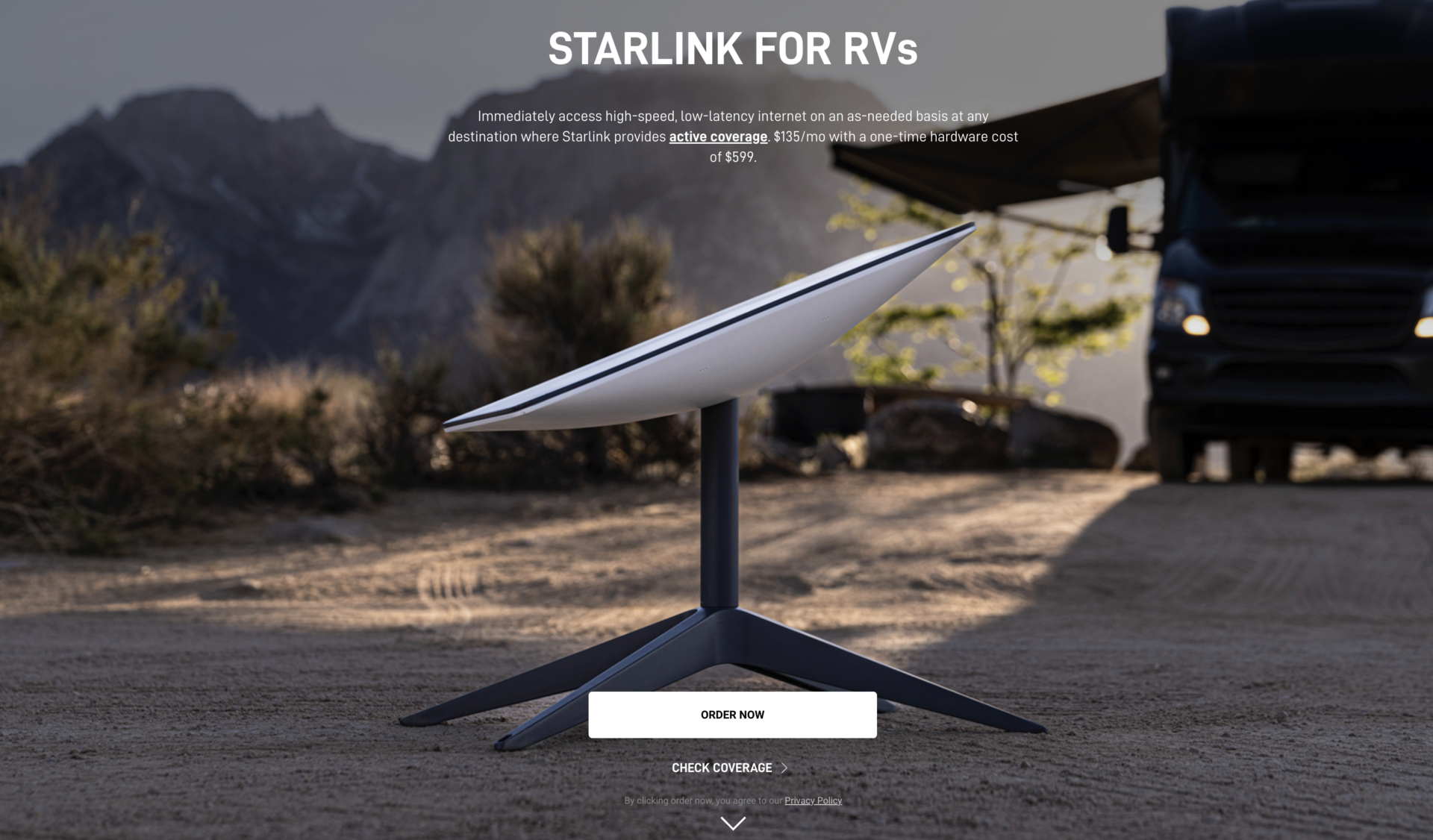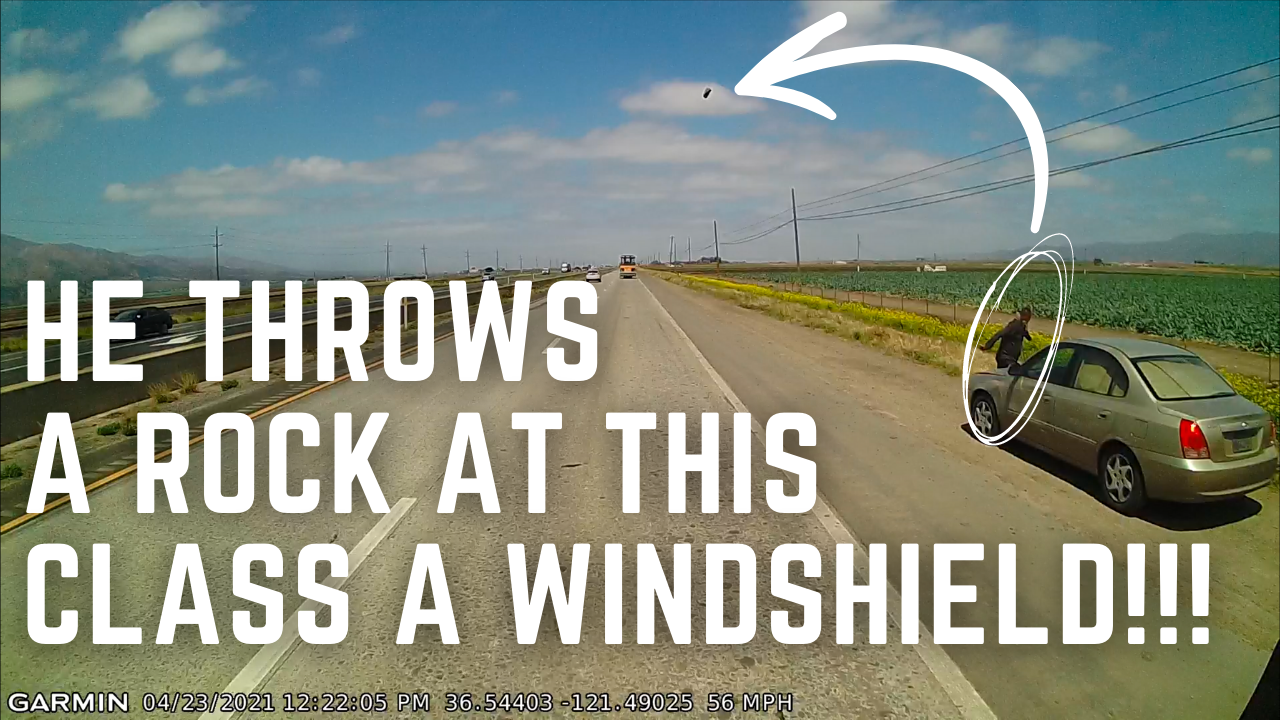A firmware update is reportedly detecting in-motion Starlink internet use and locking it out temporarily.
In-motion use of satellite-based Starlink internet has long been prohibited by SpaceX’s terms of service—largely due to the lack of FCC approval—but that hasn’t stopped many RVers, many of whom have hacked their user terminals to disable the motors so they can mount their Starlink antenna on their motorhome’s roof to enjoy fast internet while traveling down the road. But a new firmware update has been pushed out that stops Starlink from working when it detects motion.
As of September 20, 2022, Starlink users have been reporting on Reddit and in Facebook groups that the latest update will put the Starlink dish in an off-line mode within 10 seconds or so if the vehicle begins to move. It reportedly comes back online quickly after the vehicle comes to a stop. Users say the lock-out begins around 8-10mph, so the change shouldn’t affect boaters who are drifting or cruising at low speeds.
An in-motion lock-out was reported by many users in the past, but those blocks were lifted back in March.
A new antenna coming soon?
Starlink filed for and received approval with the FCC for in-motion use earlier this year, but that approval was based on a new antenna that filings indicate will be nearly identical to the currently available version, but would require different mounting and perhaps professional installation.
It’s clear that the currently available antenna isn’t quite convenient to put on a roof, and perhaps Starlink doesn’t want the liability for someone mounting the device and traveling down the road with it. This new software lock-out has many wondering if a new more mobile-friendly user terminal is imminent. Perhaps one that is meant to be mounted on moving vehicles with a low profile and maybe even DC-powered.
Multiple confidential sources tell us that RV Manufacturers have been contacted by Starlink about including new Starlink kits or some sort of Starlink pre-installation on new RVs. Perhaps similar to the way that many RVs come from the factory with 4G cellular antennas that require additional activation. Some just include wiring and a mount for a cellular antenna that is installed at the dealership. That’s probably a more likely route for Starlink, whose antenna is much more expensive to manufacture than most cellular devices.
In-motion use may require a different plan
Some users have speculated that using Starlink in motion might require an additional fee as well, which would be in line with Starlink’s fees for portability add-on on the residential plan. But that remains to be seen. What is clear is that Starlink likes to keep users in separate categories (residential, RV, business, maritime) in order to efficiently manage the network.
For now, it is our recommendation that most casual RVers wait until the next generation of Starlink antennas is announced (whatever it may be) before making the transition to Starlink, unless they aren’t concerned with the upfront cost of the equipment (currently about $700) and are heavy internet users.
Watch the video below from several weeks ago to see our full coverage of the Starlink for RVs plan to see if it’s right for you:








